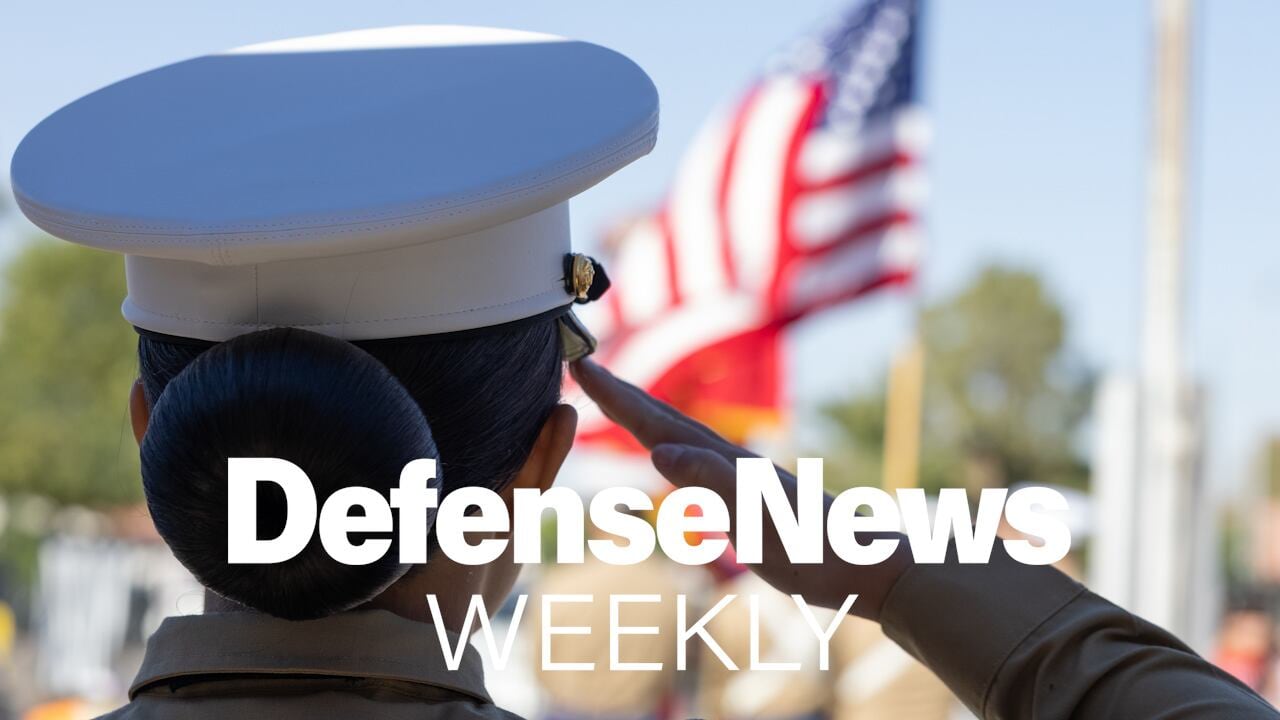BEIRUT — Task Force 59 integrated MANTAS T-12 unmanned surface vessels with manned U.S. patrol craft and Bahrain Defense Force maritime assets during its New Horizon exercise this week.
The two-day training exercise marked the first time Naval Forces Central Command integrated USVs with manned assets at sea in the U.S. 5th Fleet area of operations. New Horizon was also the first time NAVCENT integrated USVs with manned assets at sea alongside partner forces.
“This exercise is an example of the growing role of autonomy in warfare,” Jean Marc Rickli, head of global and emerging risks at the Geneva Centre for Security Policy, told Defense News. “Technology is increasingly used as a surrogate. In the context of American commitments in the Gulf, it provides the U.S. and its allies a force multiplier, while at the same time the U.S.’ strategic interests [have] pivoted to Asia,”
According to a statement from the U.S. Navy, the first phase of New Horizon, conducted Oct. 20, featured operators controlling the USVs aboard patrol coastal ship USS Firebolt (PC 10), while the vessels conducted high-speed maneuvers in formation.
The final phase on Oct. 26 brought together a larger force of manned and unmanned maritime and aerial assets from NAVCENT, the Royal Bahrain Naval Force (RBNF) and Bahrain Coast Guard.
Assets participating in the two-day exercise included patrol boat USCGC Maui (WPB 1304), an SH-60S helicopter, a V-BAT unmanned aerial vehicle and RBNF patrol craft.
Vice Adm. Brad Cooper, commander of NAVCENT, U.S. 5th Fleet and Combined Maritime Forces, said in a statement that “Bahrain, as our first regional partner to collaborate with Task Force 59 during an at-sea exercise, demonstrates the strengthening of our strategic relationship.”
Rickli noted the “MANTAS T-12 is a multirole unmanned surface vessel that can perform different types of operations such as maritime patrolling, search and rescue missions, surveillance, mine warfare or naval fleet security and training.”
“It offers two advantages: its multi-role function and the fact that it is unmanned, thus replacing human capabilities,” he added.
In terms of asymmetric threats in the Gulf, Rickli said Iran has developed niche capabilities to thwart the United States and put pressure on the Gulf monarchies by developing a network of human surrogates in the Gulf and using a saturation strategy through missiles and drones as well as small and rapid vessels.
“The idea behind saturation strategy is to saturate your adversary’s defense by launching an attack with a multitude of vectors that will make it impossible to intercept all. Thus, some will go through and the strike will be successful. Developing and engaging USV such as Mantas T-12 provides additional resources for the defender to thwart such attacks, as such resources are less human capital intensive and thus can be multiplied more easily,” Rickli said.
Regarding the significance of the theater, Abdullah Al Junaid, a Bahraini strategic expert and political researcher, told Defense News this “particular step is to minimize the risk to U.S. manned patrol boats assigned to security duties of capital ships transiting the strait of Hormuz, anti-mining, CT and [ISR].”
Agnes Helou was a Middle East correspondent for Defense News. Her interests include missile defense, cybersecurity, the interoperability of weapons systems and strategic issues in the Middle East and Gulf region.








